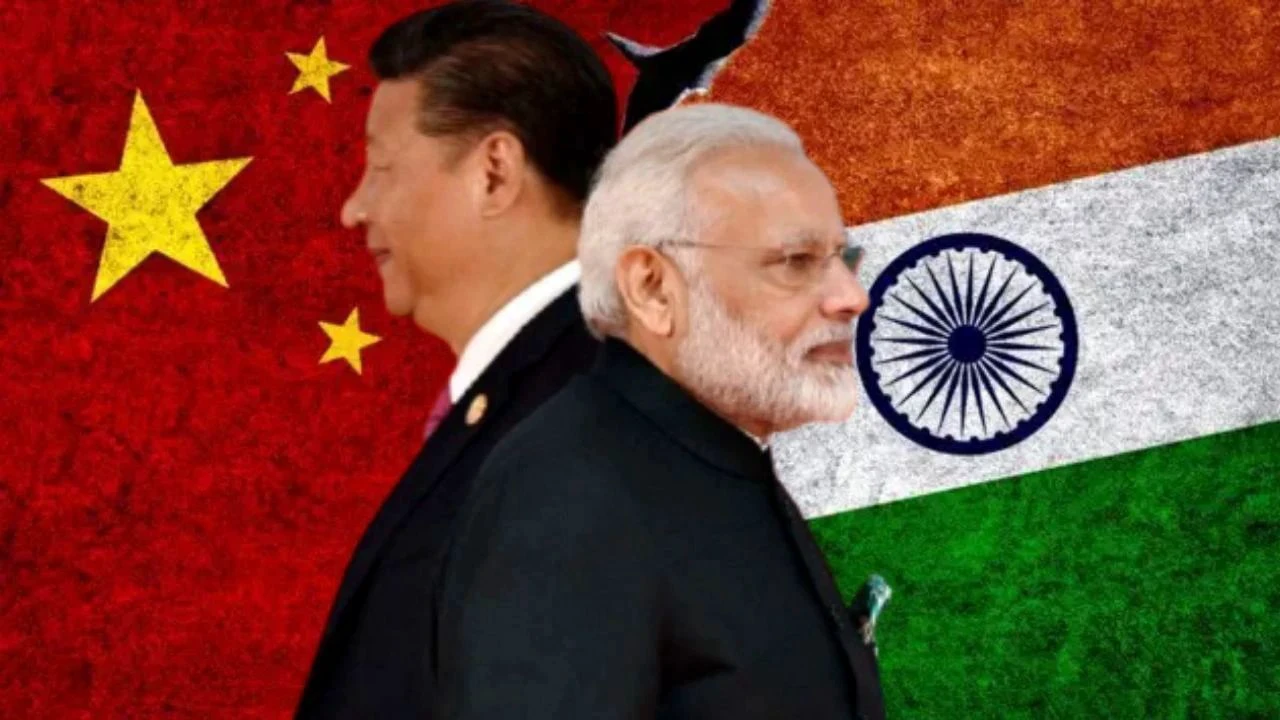China’s acquisition of rare earth elements has opened up a huge opportunity for India. India is now moving towards a rapid industrial revolution by making full use of its natural resources.
This move by China has given India the impetus to become self-reliant, especially in areas like electric vehicles (EVs), renewable energy and the defense sector.
According to experts, this will not only strengthen the Indian economy but also bring a great opportunity for investors. Let’s know this whole thing in more detail and how India can benefit from this situation!
China’s dominance, opening new paths for India
China reigns supreme in the world’s rare earths market. According to a report by CNBC, China controls about 90% of the supply of rare earth magnets, which are used in electric vehicles, wind turbines and defense systems. In April 2025, China tightened its export policy for special elements like terbium and dysprosium, causing a disruption in the global supply chain. According to a report, China’s mining could fall by 51% and refining by 76% by 2030 as the world looks for alternatives.
Speaking to the media, Amit Gupta of Motilal Oswal Private Wealth said that geopolitical tensions are giving birth to new sectors in India. Gupta said that earlier India had stayed away from mining rare earth minerals due to environmental concerns, but now the situation has changed. India has 8% of the world’s reserves, which is about 6.9 million tonnes. “We have reserves that are 250 times more than what is currently being mined,” Gupta said. This gives India a great opportunity to carve out its place in the global supply chain.
What is special about India?
According to the US Geological Survey, China has 44 million tonnes of rare earth mineral reserves, but India’s 6.9 million tonnes puts it in third place. The EY report says India also has 35% of the world’s beach and sand minerals, which are used in EVs, electronics and defence. But according to Statista, India’s annual production from 2012 to 2024 was just 2,900 tonnes, which is very low.
“India cannot replace China, but it can certainly be an alternative source of supply,” said Gracelyn Baskaran of CSIS. The government is now pushing for partnerships, subsidies and incentives between IREL (India) Ltd and the private sector. For example, monazite reserves are located in coastal regions such as Andhra Pradesh, Odisha, Tamil Nadu, Kerala and West Bengal, where mining is planned to be expanded.
The rare earth mineral is abundant in coastal India, but monazite is considered a “prescribed substance” under the Atomic Energy Act, 1962. This has made mining reserved for the government sector, which has prevented private companies from getting involved. According to the Financial Express, Jharkhand, Gujarat and Maharashtra also have small reserves, but they are not being fully exploited.
Now India will have to not only produce REE oxides, but also produce value-added products like rare earth metals and magnets. This requires a lot of research and development (R&D), global partnerships and special industrial zones. The government is taking steps in this direction, but the path is not easy.
Strength from global friendship
India is looking to strengthen the rare earth supply chain by joining hands with Australia. Australia is the fourth largest producer of rare earth minerals. In March 2022, a Memorandum of Understanding (MoU) was signed between Minerals Abroad India Limited (KABIL) and Australia’s Critical Minerals Office. According to a report in the Economic Times on July 9, India is in intensive talks to source rare earth minerals from Australia. “India can take the initial block and enter into agreements with companies,” said Malini Dutta of the New South Wales government.
The research partnership, which will run until 2026 and is led by CSIRO, will pave the way from mining to recycling. It is also supported by the India-Australia Strategic Partnership and the Quad (QUAD) framework.
Japan suffered a major setback in 2010 when China banned exports. It invested $450 million in Australia’s Linus Rare Earths through the Japan-Australia Rare Earths (JARE). This will reduce Japan’s dependence on China from 90% to 58% (by 2022), as reported by Quartz. India can also strengthen its position by adopting the same strategy.
National Critical Minerals Mission launched
NCMM, which will start in 2025, will focus on mining, processing and recycling, as reported by PIB. Geological Survey of India will undertake 1,200 projects by 2030-31. Auction of over 100 mineral blocks, exploration for marine polymetallic nodules and rules for recovery of minerals from fly ash are being eased. A Centre of Excellence will also be set up, which will keep the policy and mineral inventory up to date.
IREL recorded production of 5.31 lakh tonnes in FY24. Manufacturing of magnets and metals has started in Visakhapatnam and Bhopal, which have been sent for testing to BARC and DMRL. Resources are being explored in Oman, Vietnam, Sri Lanka and Bangladesh, but delays in obtaining mining permits and environmental clearances have created obstacles.
